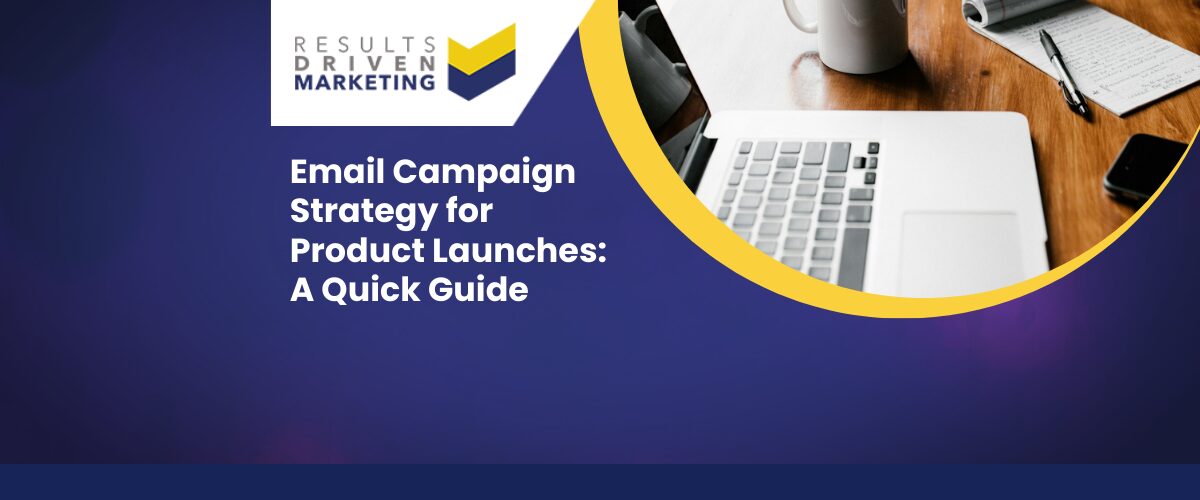What’s included in a typical B2B list is one of the most common questions we hear from SME decision-makers — and for good reason. If you’ve ever paid for a marketing list only to find it missing key contact details, irrelevant companies, or patchy information, you’re not alone.
Whether you’re running email campaigns, picking up the phone, or posting mailers, the structure and contents of your data list directly impact your results. But too often, businesses are left guessing about what they’re actually buying — or worse, they’re distracted by volume over value.
This article breaks down the typical structure of a UK B2B data list: what you should expect, what you should avoid, and how different fields power different types of outreach. We’ll also share how Results Driven Marketing builds data lists that are campaign-ready — accurate, compliant, and tailored to your goals.
Table of contents:
Why It Matters to Know What You’re Getting
Understanding exactly what’s included in a typical B2B list isn’t just a technical detail — it’s the difference between a successful campaign and wasted budget.
We hear from UK SMEs every week who’ve purchased lists expecting ready-to-use data, only to find incomplete records, irrelevant companies, or lists padded with generic contacts. Without clear expectations, it’s easy to end up with data that’s more trouble than it’s worth.
Here’s why it matters:
-
Avoid campaign failure – Poor-quality or missing fields can derail email, phone, or direct mail outreach
-
Maximise ROI – Accurate, well-structured data leads to higher response rates and lower cost per lead
-
Save time on admin – Proper formatting means less time cleaning and fixing files before use
-
Support CRM and automation tools – Clean, structured fields integrate more easily into your systems
Bottom line: if you don’t know what to expect, it’s harder to measure value — or challenge a poor supplier.
Core Fields in a Standard B2B List
While every provider’s format may vary slightly, there are some standard fields that should be included in any quality B2B list. These are the data points that allow you to segment, personalise, and run compliant campaigns.
Company-Level Data
This is the foundational information that tells you who the business is:
-
Company Name
-
Address (including postcode, town/city, and county)
-
Industry/Sector (often based on SIC codes)
-
Company Size (employee count or turnover bracket)
-
Trading Status
-
Age of Business
Contact-Level Data
These fields let you reach real people, not just businesses:
-
Contact Name
-
Job Title
-
Phone Number (direct or main line)
-
Email Address
-
Department (e.g. Sales, Marketing, HR)
Other Fields That Add Value
-
Website URL
-
LinkedIn company profile
-
Generic email type (e.g. info@, sales@)
-
Geographic tags (e.g. “North West”, “London”)
-
Decision-maker flag
The presence, quality, and relevance of these fields can make or break a campaign — so always ask for clarity upfront.
What You Won’t (and Shouldn’t) Get
A good B2B list gives you what you need for effective marketing — but it won’t (and legally shouldn’t) include everything.
Here’s what typically isn’t included — and why:
-
Home or Mobile Numbers – Considered personal data under UK privacy laws and not suitable for B2B
-
Consumer Data – These aren’t business contacts and don’t belong in a professional outreach list
-
Sensitive Personal Info – Fields like age, ethnicity, or marital status are irrelevant and carry GDPR risks
-
Overly Personalised Details – Hobbies, responsibilities, or social links are often inaccurate and rarely helpful
Stick to clean, structured business data — it performs better and keeps you compliant.
Matching List Fields to Your Campaign Goals
Not all B2B data is equal — and not every campaign needs the same fields. Understanding how different data points align with your marketing approach helps you choose (and use) the right list.
Email Marketing
-
Job Title is key – Know who you’re writing to and tailor your message
-
Sector targeting – Keep content relevant by industry
-
Location and size filters – Help personalise tone and expectations
Telemarketing
-
Phone number quality matters – A bloated list means nothing if half the numbers don’t connect
-
Direct vs switchboard – Each has its place depending on strategy
-
Missing contact names? – Still useful if you’ve got the right department and approach
Direct Mail
-
Proper address formatting – Saves hours when printing or automating
-
Trading filters – Weed out inactive or dissolved businesses
-
Geotargeting – Add regional flair or local offers to boost response
Aligning your list with your channel boosts your chances of success — and keeps your team efficient.
Common Pitfalls to Avoid
Buying B2B data can feel straightforward — until it isn’t. Many businesses make avoidable mistakes that lead to wasted spend, frustrating outcomes, or worse — compliance risks.
Here’s what to watch out for:
-
Buying on volume, not relevance – Targeted, smaller lists usually outperform bloated files
-
Assuming all data is structured the same – Check field names and formatting
-
Forgetting how you’ll use it – Make sure the format works with your CRM, email tool, or dialler
-
Overvaluing vanity fields – Extras like LinkedIn profiles are nice, but they won’t save a bad list
A great list is one you can use immediately — without spending hours fixing or reworking it.
Why Choose Results Driven Marketing
When you’re asking what’s included in a typical B2B list, the real question is: who can you trust to give you what you actually need?
At Results Driven Marketing, we specialise in helping UK SMEs get campaign-ready data — fast, accurate, and structured around your goals.
Real Data, Built for Real Campaigns
-
Custom-built lists based on your brief
-
Targeting by sector, job title, company size, region
-
CTPS screening included as standard for all phone data
Quality First, Not Quantity
-
Every list is structured for CRMs, email tools, and diallers
-
We avoid bloat — only delivering relevant, accurate records
-
40-point quality check before delivery
Support That Helps You Succeed
-
Speak directly to our team (no bots or tickets)
-
We’ll help refine your brief to avoid wasted spend
-
Same-day turnaround on most data orders
We’re here to help you go from bad data to more customers — with no fluff, no nonsense, and no surprises.
Final Thoughts – Know Before You Buy
Understanding what’s included in a typical B2B list is essential if you want your campaigns to succeed — and your investment to pay off. The more you know about the structure, content, and limitations of your data, the better your decisions (and results) will be.
Always ask for clarity on what fields are provided, how the data is structured, and whether it matches your campaign goals — email, phone, or post. And remember: a good provider won’t just send you a file — they’ll help you get results from it.
At Results Driven Marketing, we’re proud to help UK businesses go from bad data to better outreach — with accurate, GDPR-compliant, campaign-ready lists delivered fast.
📞 Want to see what your ideal list could look like?
Contact us for a free data consultation or buy email lists that are built around your goals — not a one-size-fits-all approach.
Results Driven Marketing
UK B2B data specialists helping SMEs get more leads with accurate, compliant marketing lists.
📞 0191 406 6399 | rdmarketing.co.uk
Based at Cobalt Business Exchange, Newcastle upon Tyne






